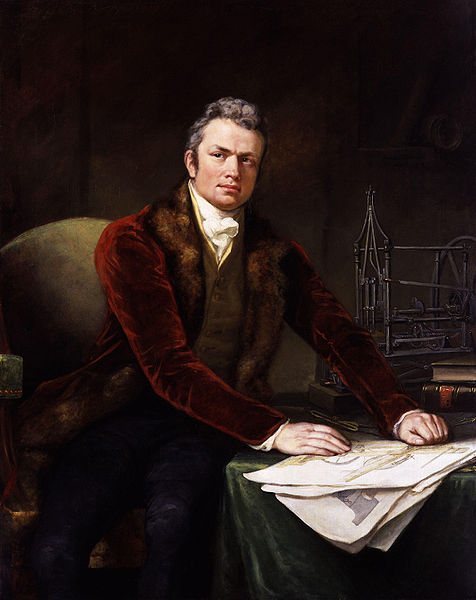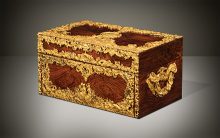Veneer
Veneer is a thin slice of wood, often about 1-2mm thick, that is glued onto another piece of solid core wood, for decorative purposes.
Whilst the practice of cutting veneer by hand dates back to ancient Greece, it wasn’t until the very start of the 19th century that this process changed. The demand for veneer to be used in furniture making grew vastly, and the need for a quicker, more accurate and less wasteful method of cutting veneer was of the greatest importance. In 1806, Marc Isambard Brunel (father of Isambard Kingdom Brunel) obtained a patent for machine cutting veneers. After some trial and error attempts, he was able to develop a circular saw, powered by steam that was able to cut veneer very efficiently. This process was very much adopted and further improved over the following decades.
The use of veneer in box and cabinet making had always been popular but this popularity particularly grew during the 19th century with the new supply of exotic veneers from around the world.
Bone glue was exclusively used for veneering during the 19th century, and indeed it is still used today. Bone glue is made from crushed animal bones, dissolved in water and then dried into a hard jelly like substance. Once this hard jelly substance is dissolved in water and heated up, it’s an extremely effective adhesive for veneering. Bone glue’s bond can be dissolved by simply applying direct heat, even after centuries of adhesion. This makes repairing veneer much easier and less obtrusive.

Marc Isambard Brunel was responsible for developing a specific type of circular saw to efficiently cut veneers.
 Price On Application
Price On Application